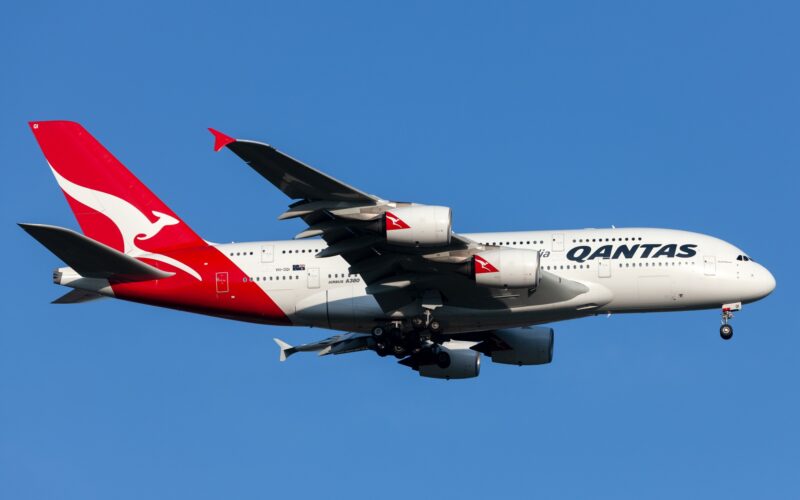The Australian Transport Safety Bureau (ATSB) has launched an investigation after a tool was found inside a Qantas Airbus A380 engine.
According to the ATSB, the compressor turning tool was discovered behind the fan blades of number one engine on the Airbus A380-842 at Los Angeles International Airport (LAX) on February 2, 2024.
Mechanics at LAX were carrying out a maintenance inspection on the Airbus A380 when the foreign object debris was found.
In an investigation report drafted and published on the ATSB website, investigators said that the tool in question was first reported lost on December 6, 2023.
The ATSB indicated that it expects to release a final report sometime after July 1, 2024, following completion of the investigation.
“Should a critical safety issue be identified during the investigation, the ATSB will immediately notify relevant parties, so that appropriate safety action can be taken,” the ATSB said.
According to the website Paddle Your Own Kanoo (PYOK), Qantas told the publication that it was taking the incident “extremely seriously”.
The Australian flag carrier said it had notified the ATSB when the tool was found.
“The tool is a piece of flexible plastic. It had no effect on the operation of the engine,” the airline told PYOK.
The Airbus A380, registered VH-OQI, was delivered to Qantas on January 13, 2011, and can carry 485 passengers.


4 comments
Image of the tool? Where, exactly was it located in the engine? That it was forgotten is unsurprising. That the aircraft wasn’t opened back up to search for it… IS surprising.
John, you are 100% right. This mean that they have tools control but no follow up upon discovering tool(s) missing. My experience was to ground the aircraft until the tool are found, esp in dangerous place.
Which organisation did the assessment of: “The tool is a piece of flexible plastic. It had no effect on the operation of the engine”?
Where was the maintenance done where the tool was lost?